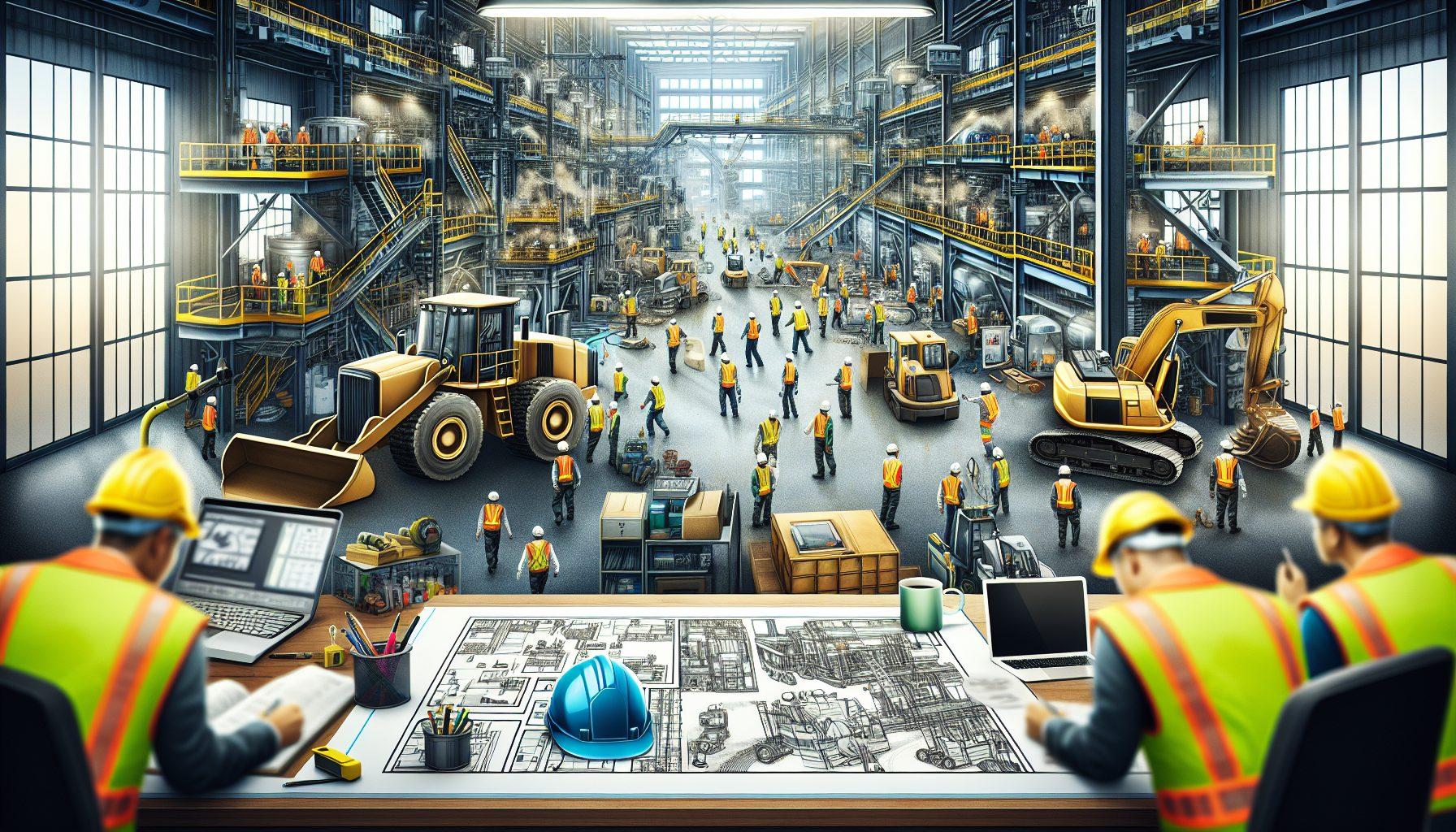In a busy and fast-paced warehouse environment, safety should always be the top priority. The use of proper safety signage is crucial to ensure a safe working environment for employees and protect valuable inventory. Safety signage helps to communicate important information quickly and effectively, reducing the risk of accidents and injuries. This article will explore the importance of safety signage specifically for Powered Industrial Truck (PIT) operations.
Enhancing Awareness and Communication
Safety signage plays a vital role in enhancing awareness and communication within a warehouse, especially in areas where PITs are used. With the use of the right safety signs, employees are constantly reminded of potential hazards and are reminded to practice proper safety protocols. Clear and visible signage can effectively communicate important information, such as speed limits, right of way, and pedestrian crossing areas.
Additionally, safety signage helps to enhance communication between PIT operators and pedestrians. Signage that indicates designated paths and walkways, as well as areas where pedestrians are prohibited, helps to prevent accidents and near misses. By providing clear direction, safety signage helps to create a harmonious and organized working environment for both operators and pedestrians.
Preventing Accidents and Reducing Risks
Accidents involving PITs can have serious consequences, including injuries to employees, damage to equipment and inventory, and even loss of life. Safety signage serves as a visual reminder of potential risks and hazards, helping to prevent accidents and reduce the risk of injuries.
Signs that indicate the maximum load capacity of a PIT, for example, help operators avoid situations of overloading, which can lead to tipping or loss of control. Clear signage indicating areas where PITs are not allowed, such as areas with flammable materials or restricted zones, reduces the risk of accidents and potential damage to property.
Furthermore, safety signage can also alert employees to potential hazards they may encounter while working near PIT operations. Signs indicating slippery surfaces, low clearance, or blind spots can help employees take appropriate precautions to avoid accidents.
Compliance with Regulations
Warehouses are subject to various safety regulations and standards, such as those set by OSHA (Occupational Safety and Health Administration). Compliance with these regulations is crucial to avoid penalties, lawsuits, and most importantly, ensure the safety of employees.
Safety signage is an essential component of maintaining compliance with these regulations. OSHA requires clear and visible signage to alert employees to potential hazards, emergency exits, and safety procedures. By having the appropriate safety signage in place, warehouses can demonstrate their commitment to safety and meet regulatory requirements.
Regular evaluations and assessments of safety signage are also important to ensure that they remain effective and compliant. HCO Innovations offers comprehensive warehouse safety evaluation services to help warehouses identify potential areas for improvement and ensure compliance with safety regulations. Click here to learn more about our warehouse safety evaluation services.
In conclusion
Safety signage plays a crucial role in maintaining a safe and efficient warehouse environment, particularly in PIT operations. It enhances awareness, communication, and promotes adherence to safety protocols. By preventing accidents and reducing risks, safety signage protects both employees and valuable inventory. Additionally, compliance with safety regulations is essential for both legal and moral reasons. Implementing proper safety signage and regularly evaluating its effectiveness is a fundamental step towards ensuring the overall safety and productivity of a warehouse.

